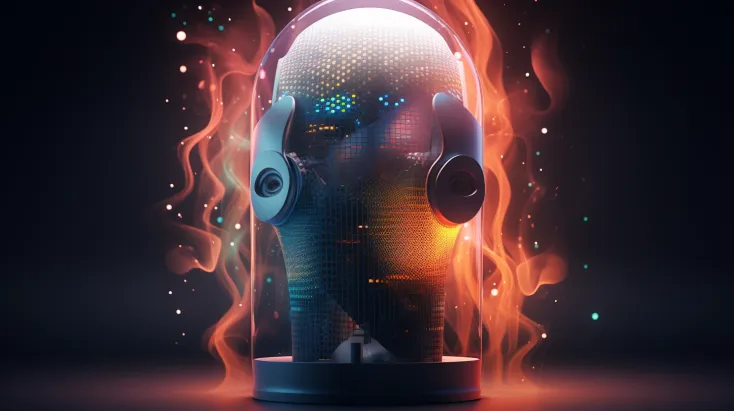Table of Contents
Advancements in artificial intelligence have led to a groundbreaking development: AI multi-speaker lip-sync technology. This innovation marks a significant leap forward in audiovisual realism, offering the capability to synchronize speech with accurate lip movements across multiple speakers in videos or live streams. Integrating AI in lip-syncing technology opens new possibilities for enhanced video content, transforming how we experience and perceive multimedia.
The Evolution of AI-driven Lip-Sync Technology
The emergence of AI-based multi-speaker lip-sync technology represents a paradigm shift in the realm of audiovisual synchronization. Traditional methods often struggled to accurately match lip movements with speech, especially in scenarios involving multiple speakers. However, AI algorithms now enable the synchronization of spoken words with precise lip movements for various speakers, significantly elevating the authenticity and coherence of video content.

Applications and Implications of AI Multi-Speaker Lip-Sync
The applications of AI multi-speaker lip-sync are far-reaching, influencing diverse sectors such as film production, video gaming, virtual conferencing, and online education. This technology enhances the immersive experience for audiences by ensuring that lip movements correspond seamlessly with spoken words, fostering a deeper sense of engagement and realism.
Challenges and Innovations in Lip-Sync AI
While AI multi-speaker lip-sync represents a substantial leap in audiovisual realism, challenges persist in achieving flawless synchronization. Continuous innovation and refinement of AI algorithms are essential to address nuances in speech patterns, accents, and varied facial expressions across speakers. Improvements in training datasets and the integration of cutting-edge neural networks aim to enhance accuracy and flexibility in lip-syncing capabilities.
Future Perspectives and Evolution of Lip-Sync AI
The future of AI multi-speaker lip-sync holds promise for even greater sophistication and adaptability. As technology continues to evolve, advancements in AI algorithms are anticipated to refine lip-syncing accuracy further, accommodating diverse linguistic and cultural contexts. These enhancements will undoubtedly reshape the landscape of audiovisual content creation, elevating the standards for realistic multimedia experiences.
Ethical Considerations and Privacy Aspects
Amidst the technological strides, ethical considerations surrounding AI multi-speaker lip-sync technology emerge. Concerns related to the potential misuse of synthesized content for misinformation or deep fake manipulation call for robust ethical frameworks and responsible usage guidelines. Addressing these concerns is crucial to ensure the ethical deployment of AI-driven lip-syncing advancements while safeguarding individual privacy and authenticity in multimedia content.
Conclusion: Shaping the Future of Audiovisual Realism
AI multi-speaker lip-sync represents a transformative force in redefining audiovisual realism. With its ability to synchronize lip movements accurately with multiple speakers, this technology heralds a new era of immersive and engaging multimedia experiences across various industries. While challenges and ethical considerations persist, the continuous evolution of AI algorithms promises to refine and elevate the standards of audiovisual content creation, shaping a future where authenticity and realism converge seamlessly.





